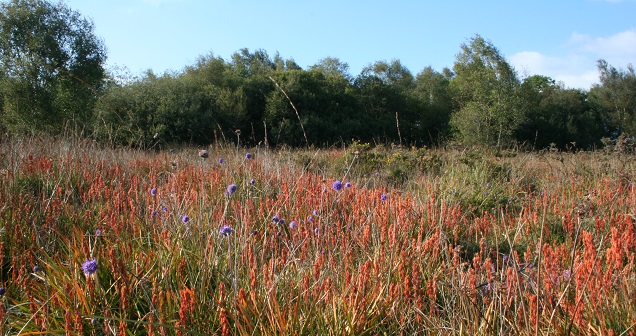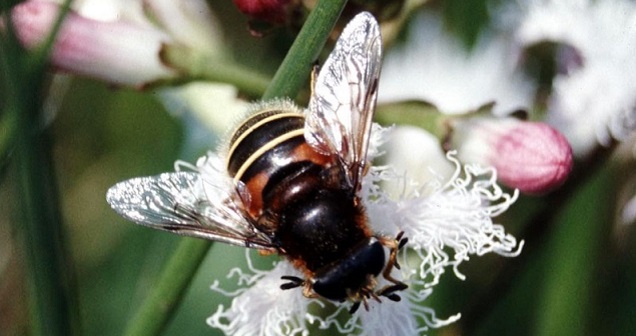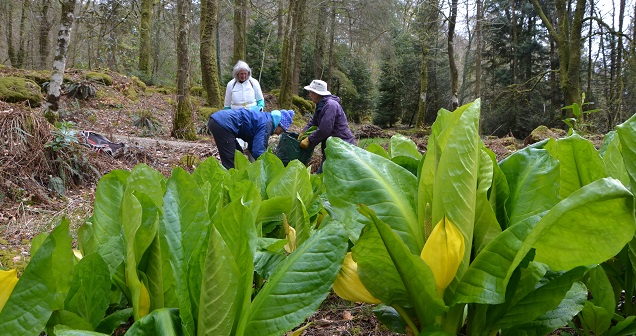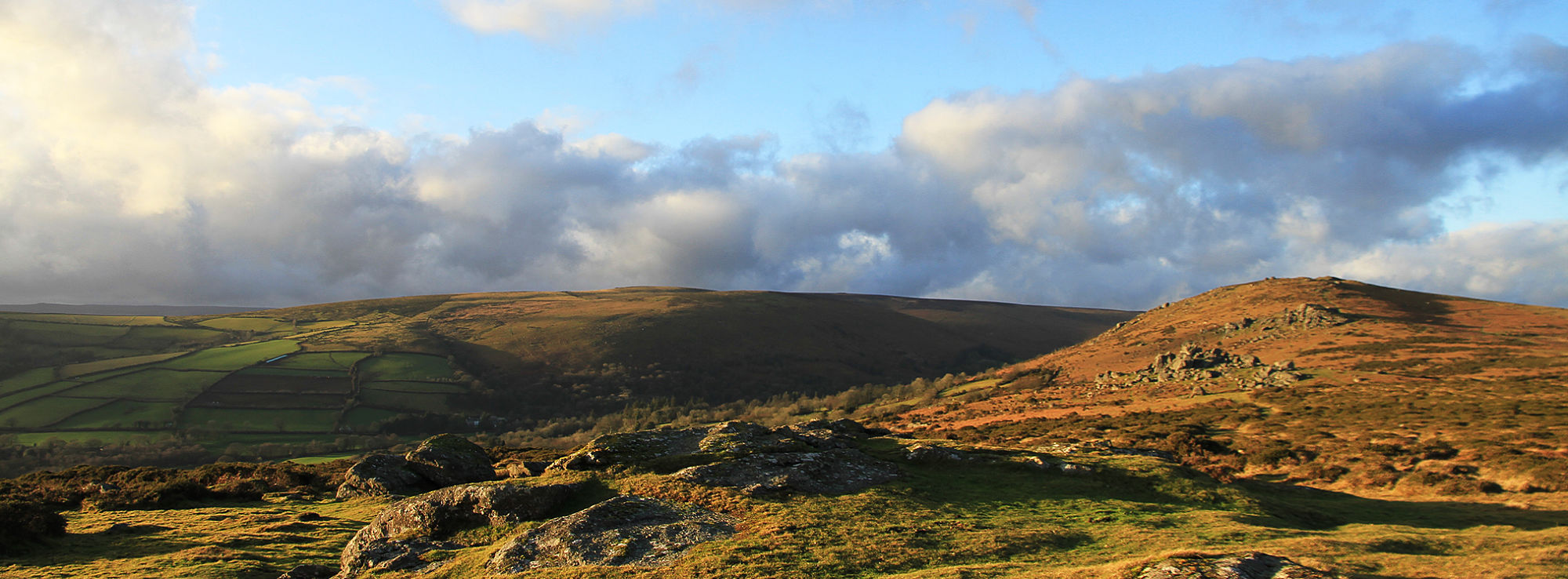Natural Connections

Rhos Pasture
Natural Connections aims to enhance natural networks within a number of wet valleys (known as Rhôs pasture) in the Moor than meets the eye area, and encourage better management of them. The wildlife found in these areas includes a number of nationally rare species, including the Bog Hoverfly, which is only found on Dartmoor. They require extensive, suitable and inter-connected habitats in order to survive.

The Bog Hoverfly
The connected Rhôs pasture valley systems that enable these rare species to survive constitute one of the characteristic moorland fringe landscapes of Dartmoor. They have been created and maintained by local farmers over the centuries and depend upon ongoing extensive grazing with beef cattle or local ponies. Without intervention, the importance of the habitats and need for ongoing management will not be properly shared with landowners and the public will not be able to access the sites and enjoy species such as the willow tit and the narrow-bordered bee hawkmoth.
The Moor than meets the eye Community Ecologist has been working with local landowners to develop integrated management plans for the two Rhôs pasture Key Wildlife Areas within the Scheme boundary which cover 1,112 ha. The management includes the mapping of invasive species, which is a threat to the fragile ecology of the Moor.

Volunteer work party treating an area of Skunk Cabbage (an invasive species)
Work has been progressing well with the following outputs achieved so far:
- Key habitats and species have been mapped using QGIS
- 9 County Wildlife Sites have been monitored
- An Mres student has been recruited to research the population of the Bog Hoverfly
- Populations of the Willow Tit are being monitored
- Mapping of invasive species is underway with an established working group undertaking the necessary training and fieldwork to deliver treatment at 5 sites on the Moor
- Interpretation to inform the public about the value of Rhôs pasture has been designed and will be installed at Haytor Visitor Centre
Want to know more?
Contact Chris Giles, Head of Conservation and Land Management
Email: cgiles@dartmoor.gov.uk





